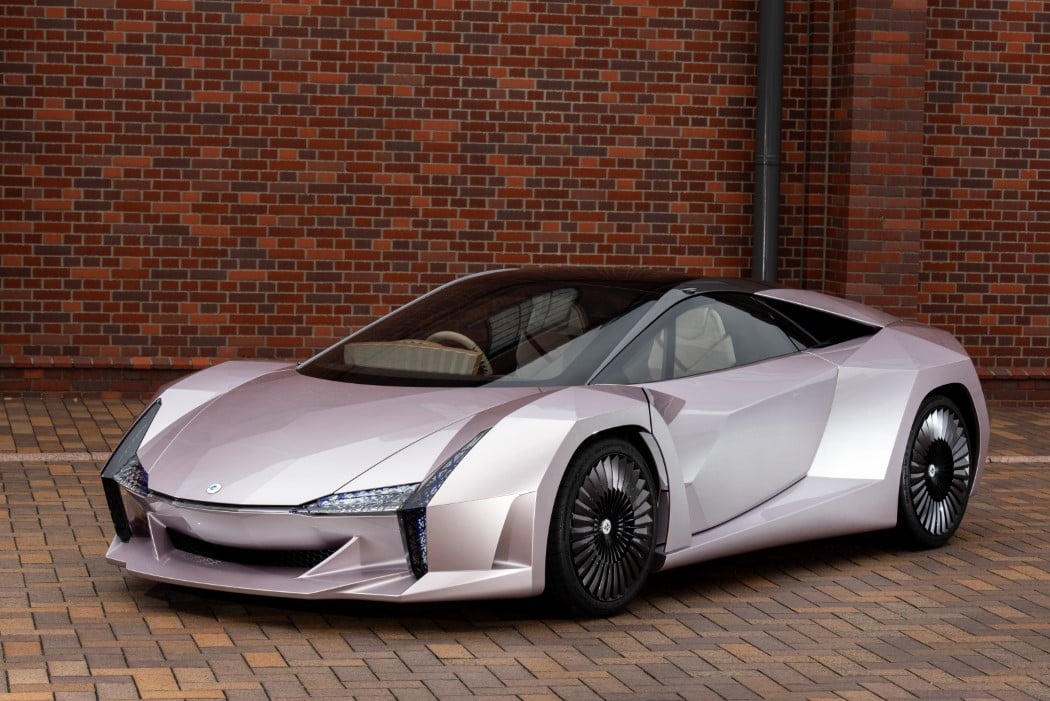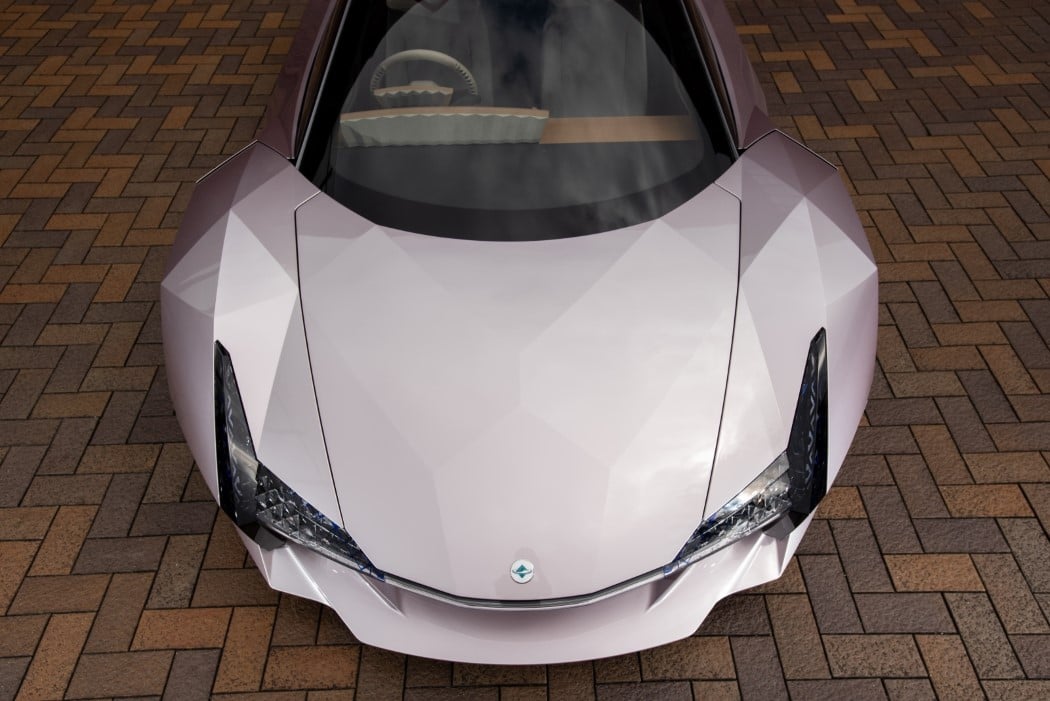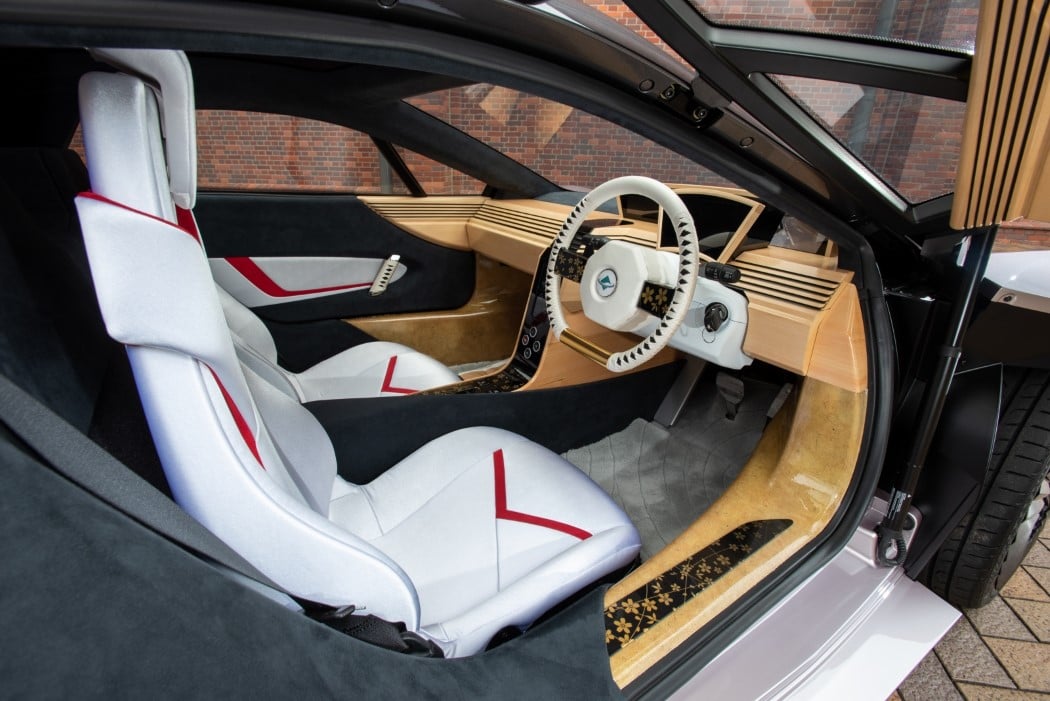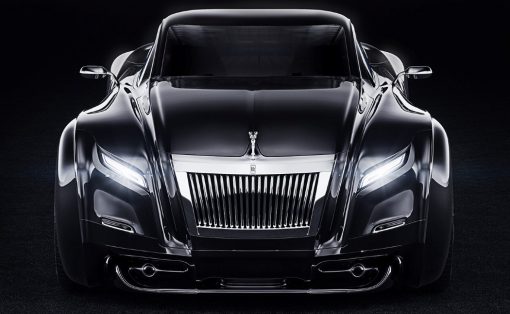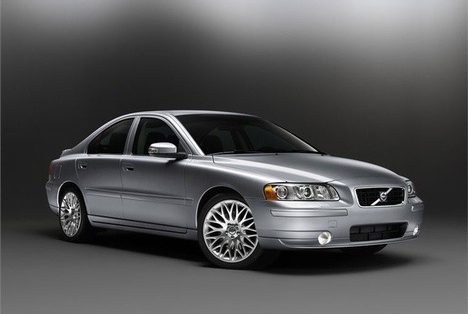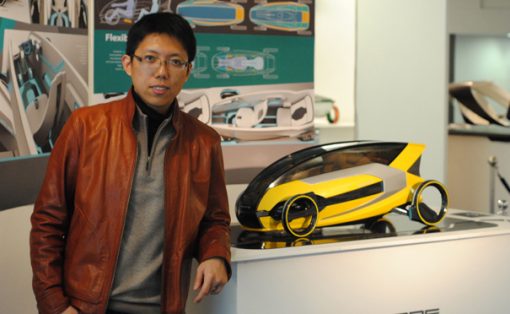
Humans multiply… but metal doesn’t. The minute you start to realize that we have a finite supply of metal on this planet you begin looking for material alternatives, especially for the 1.3 billion cars that exist in the world (as of 2016). A consortium headed by the Kyoto University and supported by the Ministry of the Environment in Japan has developed the NCV, or the Nanocellulose Vehicle, which features a body made from cellulose nanofiber, or CNF. What’s remarkable about CNF is that it’s derived from wood-pulp, which can be grown, unlike metal which can only be recycled.
The beauty of CNF as a material is that it’s 80% lighter than steel, but 5 times stronger. It’s derived from wood pulp, a raw material produced using forestry and agricultural waste, essentially turning refuse into an incredibly capable material that can replace metal, plastic, and glass. The Nanocellulose Vehicle is a case-study for the CNF material. Scientists claim that the use of CNF in car-production can result in a stronger but lighter car, also making it more CO2-efficient. CNF’s nature-derived status makes it eco-friendly but also highly recyclable, giving the material a visible edge over carbon fiber and even plastics used in automotive trims like bumpers and spoilers, which can’t be recycled and eventually end up polluting our oceans and choking our environment. Now it’s important to remember that the CNF material is plant-based, but may not be entirely biodegradable, because the fibers are bound together with a resin… but researchers claim it has high recyclability, and the fact that you can literally derive a potentially endless source of wood-pulp from trees definitely makes it a win!
Designer: Nanocellulose Vehicle Project
